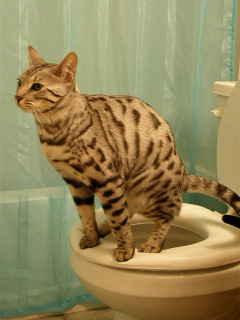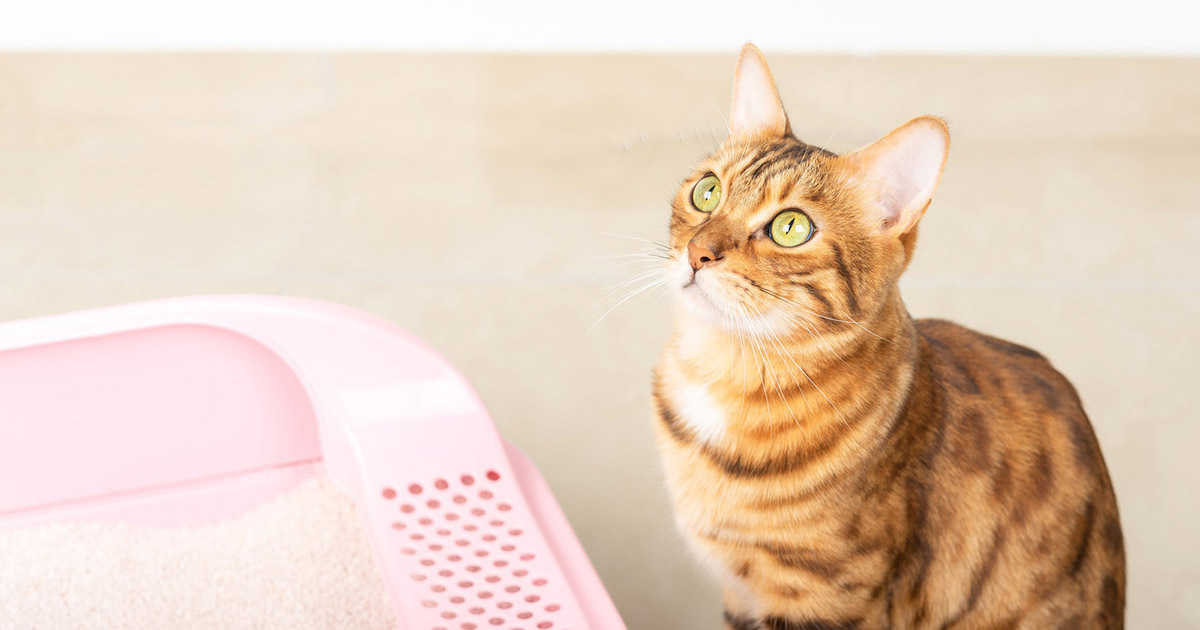The article down below relating to How to Dispose of Cat Poop and Litter Without Plastic Bags is seriously fascinating. You should investigate for yourself.

Introduction
As cat proprietors, it's important to bear in mind how we deal with our feline close friends' waste. While it may appear hassle-free to flush pet cat poop down the commode, this practice can have harmful effects for both the setting and human health.
Alternatives to Flushing
Thankfully, there are much safer and a lot more liable means to dispose of cat poop. Think about the adhering to alternatives:
1. Scoop and Dispose in Trash
The most typical technique of taking care of pet cat poop is to scoop it right into an eco-friendly bag and throw it in the garbage. Make sure to utilize a committed clutter inside story and take care of the waste promptly.
2. Use Biodegradable Litter
Opt for biodegradable cat litter made from materials such as corn or wheat. These clutters are environmentally friendly and can be safely thrown away in the trash.
3. Bury in the Yard
If you have a yard, consider burying cat waste in an assigned area away from vegetable gardens and water sources. Make certain to dig deep adequate to stop contamination of groundwater.
4. Set Up a Pet Waste Disposal System
Purchase an animal waste disposal system specifically made for pet cat waste. These systems utilize enzymes to break down the waste, lowering smell and environmental impact.
Health Risks
Along with ecological issues, flushing cat waste can additionally present health and wellness threats to human beings. Feline feces may contain Toxoplasma gondii, a bloodsucker that can trigger toxoplasmosis-- a potentially extreme health problem, especially for pregnant females and individuals with damaged body immune systems.
Environmental Impact
Purging cat poop presents dangerous microorganisms and parasites right into the water system, positioning a significant danger to water communities. These contaminants can adversely impact aquatic life and compromise water quality.
Final thought
Responsible pet dog possession expands beyond providing food and sanctuary-- it also entails proper waste monitoring. By refraining from purging cat poop down the commode and opting for different disposal techniques, we can decrease our environmental footprint and secure human wellness.
Why Can’t I Flush Cat Poop?
It Spreads a Parasite
Cats are frequently infected with a parasite called toxoplasma gondii. The parasite causes an infection called toxoplasmosis. It is usually harmless to cats. The parasite only uses cat poop as a host for its eggs. Otherwise, the cat’s immune system usually keeps the infection at low enough levels to maintain its own health. But it does not stop the develop of eggs. These eggs are tiny and surprisingly tough. They may survive for a year before they begin to grow. But that’s the problem.
Our wastewater system is not designed to deal with toxoplasmosis eggs. Instead, most eggs will flush from your toilet into sewers and wastewater management plants. After the sewage is treated for many other harmful things in it, it is typically released into local rivers, lakes, or oceans. Here, the toxoplasmosis eggs can find new hosts, including starfish, crabs, otters, and many other wildlife. For many, this is a significant risk to their health. Toxoplasmosis can also end up infecting water sources that are important for agriculture, which means our deer, pigs, and sheep can get infected too.
Is There Risk to Humans?
There can be a risk to human life from flushing cat poop down the toilet. If you do so, the parasites from your cat’s poop can end up in shellfish, game animals, or livestock. If this meat is then served raw or undercooked, the people who eat it can get sick.
In fact, according to the CDC, 40 million people in the United States are infected with toxoplasma gondii. They get it from exposure to infected seafood, or from some kind of cat poop contamination, like drinking from a stream that is contaminated or touching anything that has come into contact with cat poop. That includes just cleaning a cat litter box.
Most people who get infected with these parasites will not develop any symptoms. However, for pregnant women or for those with compromised immune systems, the parasite can cause severe health problems.
How to Handle Cat Poop
The best way to handle cat poop is actually to clean the box more often. The eggs that the parasite sheds will not become active until one to five days after the cat poops. That means that if you clean daily, you’re much less likely to come into direct contact with infectious eggs.
That said, always dispose of cat poop in the garbage and not down the toilet. Wash your hands before and after you clean the litter box, and bring the bag of poop right outside to your garbage bins.
https://trenchlesssolutionsusa.com/why-cant-i-flush-cat-poop/

I ran across that content about Can You Flush Cat Poo or Litter Down the Toilet? while doing a lookup on the web. Don't hesitate to take the opportunity to distribute this content if you enjoyed it. I cherish reading our article about Can You Flush Cat Poo or Litter Down the Toilet?.
Schedule Now